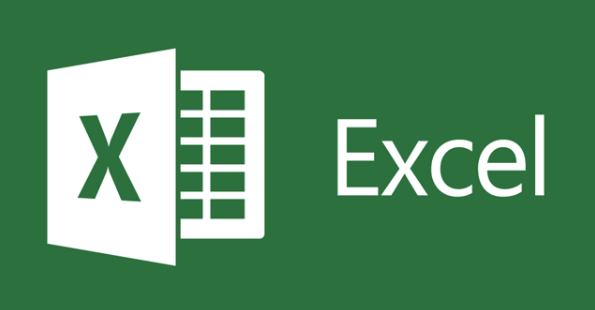The Genesis of Microsoft Excel: Revolutionizing Data Management and Analysis
Explore the genesis of Microsoft Excel, uncovering the pivotal moments and innovations that marked its introduction to the world of computing, and its subsequent rise to prominence.
ARTICLES


The Genesis of Microsoft Excel
Microsoft Excel is a powerful spreadsheet program that has become an indispensable tool for businesses, organizations, and individuals around the world. Its origins can be traced back to the early days of personal computing, when the need for a user-friendly and efficient way to organize and analyze data became apparent.
Inception and Early Innovations
The development of Microsoft Excel began in the late 1970s, when a team of programmers at Microsoft recognized the potential of spreadsheet software. The team, led by Charles Simonyi and Richard Brodie, aimed to create a program that would simplify data management and analysis for users.
In 1982, Microsoft released the first version of Excel for the Apple Macintosh computer. This initial release featured a range of innovative features, including a graphical interface and the ability to perform complex calculations. These features set Excel apart from other spreadsheet programs of the time and laid the foundation for its future success.
The Rise to Prominence
As personal computers became more widespread in the 1980s and 1990s, so did the popularity of Microsoft Excel. The program quickly gained a reputation for its versatility and ease of use, making it the go-to choice for professionals in various industries.
One of the key factors that contributed to Excel's rise to prominence was its integration with other Microsoft Office applications. This integration allowed users to seamlessly transfer data between Excel, Word, and PowerPoint, enhancing productivity and streamlining workflow.
Another significant development in Excel's history was the introduction of Visual Basic for Applications (VBA) in 1993. VBA enabled users to automate tasks, create custom functions, and build interactive applications within Excel. This powerful feature opened up a world of possibilities for users, making Excel even more versatile and customizable.
Ongoing Innovations and Future Outlook
Over the years, Microsoft has continued to innovate and improve Excel, introducing new features and functionalities with each new version. These updates have included enhancements in data analysis, visualization, collaboration, and integration with cloud services.
Today, Excel is not only a spreadsheet program but also a powerful tool for data analysis, financial modeling, project management, and much more. Its widespread use in various industries and its extensive functionality have made it an essential tool for professionals across the globe.
Looking to the future, Microsoft is committed to further enhancing Excel's capabilities and adapting it to the changing needs of users. With advancements in artificial intelligence, machine learning, and cloud computing, Excel is poised to continue evolving and remaining at the forefront of spreadsheet software.
In conclusion, the genesis of Microsoft Excel can be traced back to the vision and innovation of its creators. From its humble beginnings to its current status as a ubiquitous tool, Excel has revolutionized the way we manage and analyze data. Its continued evolution and adaptability ensure that it will remain a vital tool for professionals for years to come.


